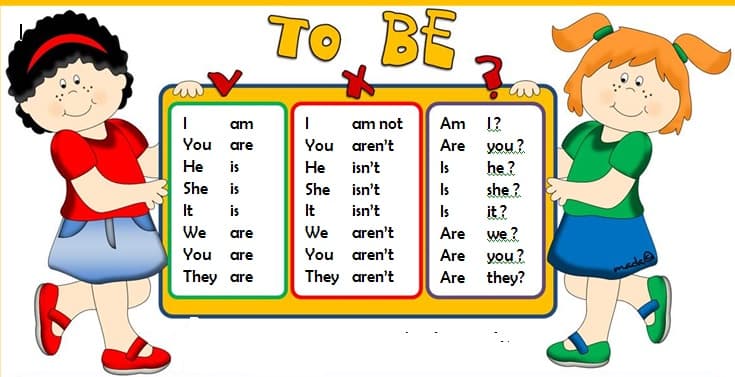Table of Contents
Introduction:
The simple present tense is one of the most commonly used verb tenses in English. There are a few different ways that you can use this tense.
It is a verb tense which is used to describe an action or event which is happening now, or which happens regularly. The simple present tense can be used with both regular and irregular verbs. To form the simple present tense, you simply add -s to the base form of the verb. For example, the base form of “walk” is “walks,” so the simple present would be “walks.
Usage Of the simple present tense:
Describing an action that happens regularly or repeatedly
The simple present tense is used to describe an action that happens regularly or repeatedly. For example, I wake up at 7 am every day. or She always forgets her phone.
describing an action that is usually finished in a specific period of time.
The simple present tense is used to describe an action that is usually finished in a specific period of time. For example, I will have finished my history assignment by 2 pm tomorrow.
Form:
Affirmative form: subject + verb (s)
The simple present tense is a verb tense that is used to express an action or occurrence that happens regularly, or habitually. The simple present tense can also be used to express a future action or event. To form the simple present tense, you simply add the -s suffix to the base form of the verb. The following examples will help illustrate how to use the simple present tense.
Negative form: subject + doesn’t + verb (s)
There is a form of the verb “to be” in the simple present tense that is used to express disbelief or denial. This form is “doesn’t + verb (s)”, as in “He doesn’t know how to drive.”
The negative form can be used with any subject, as in “I don’t know how to drive.”
This form is often contracted, as in “He doesn’t know how to drive.” or “She doesn’t know how to drive.
Interrogative form:
subject + does + verb (s) In spoken English, the interrogative form of “to be” is used to ask if something is true or not. This form is “Does + verb (s)”, as in “Does he know how to drive?
Short forms:
I, you, he, she, it, we, they + verb (s)
Some English verbs have short forms which are used in informal English. For example, the verb “to be” is shortened to “is”, as in “That car is old.” The short form of “to have” is “has”. Informal forms: subject + verb (s) + informal “ing” For example, the informal form of “to be” is “is”, as in “She’s a good driver.
The Simple Present Tense Examples :

- I know how to drive.
- You don’t know how to drive.
- I don’t know how to drive.
- He doesn’t know how to drive.
- She doesn’t know how to drive.
- It doesn’t know how to drive.
- We don’t know how to drive.
- I eat breakfast every day.
- Bill washes his car every Saturday.
- She walks to work.
- They always play games on Fridays.
[h5p id=”3″]
Irregular Verbs In The Simple Present
Verb “To Be” In The Present Simple
- I am.
- You are.
- He is.
- She is.
- It is.
- We are.
- You are.
- They are.
Conclusion
To sum it up, the simple present tense is a very versatile verb tense that can be used in a variety of ways. With its many uses, it can be a helpful tool for writers of all levels. When used correctly, it can make writing more concise and fluid. It is important to understand the different ways to use the simple present tense so that you can use it effectively in your own writing.









???????????? The article includes an explanation of the simple present tense, examples of how to use it, and a quiz to test your understanding.
#englishgrammar #grammarenglish #englishbasicgrammar #englishgrammartips #englishgrammarinuse #learnenglishgrammar #englishgrammarexercise #englishgrammartest #englishgrammarquiz #englezz #english #grammartips